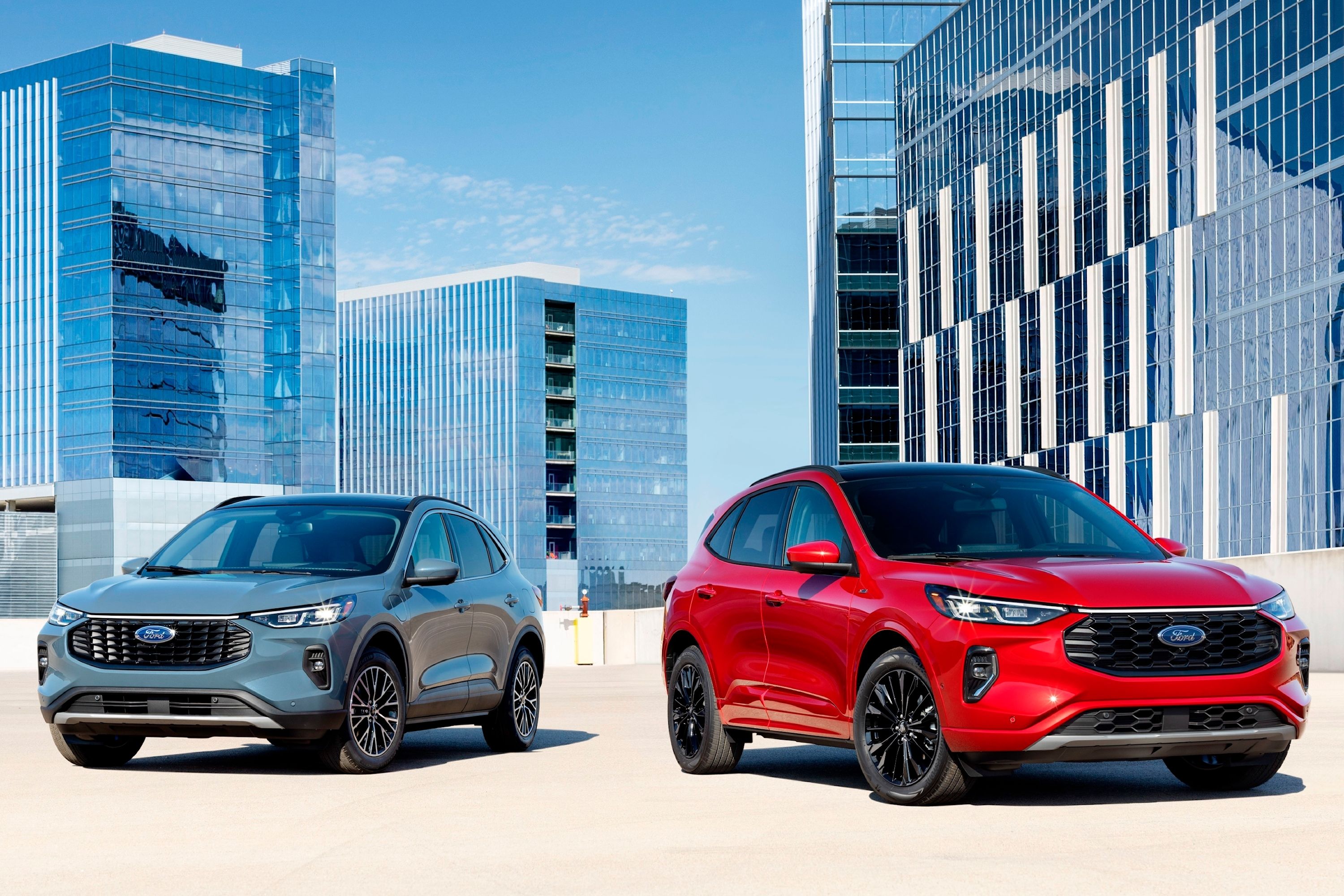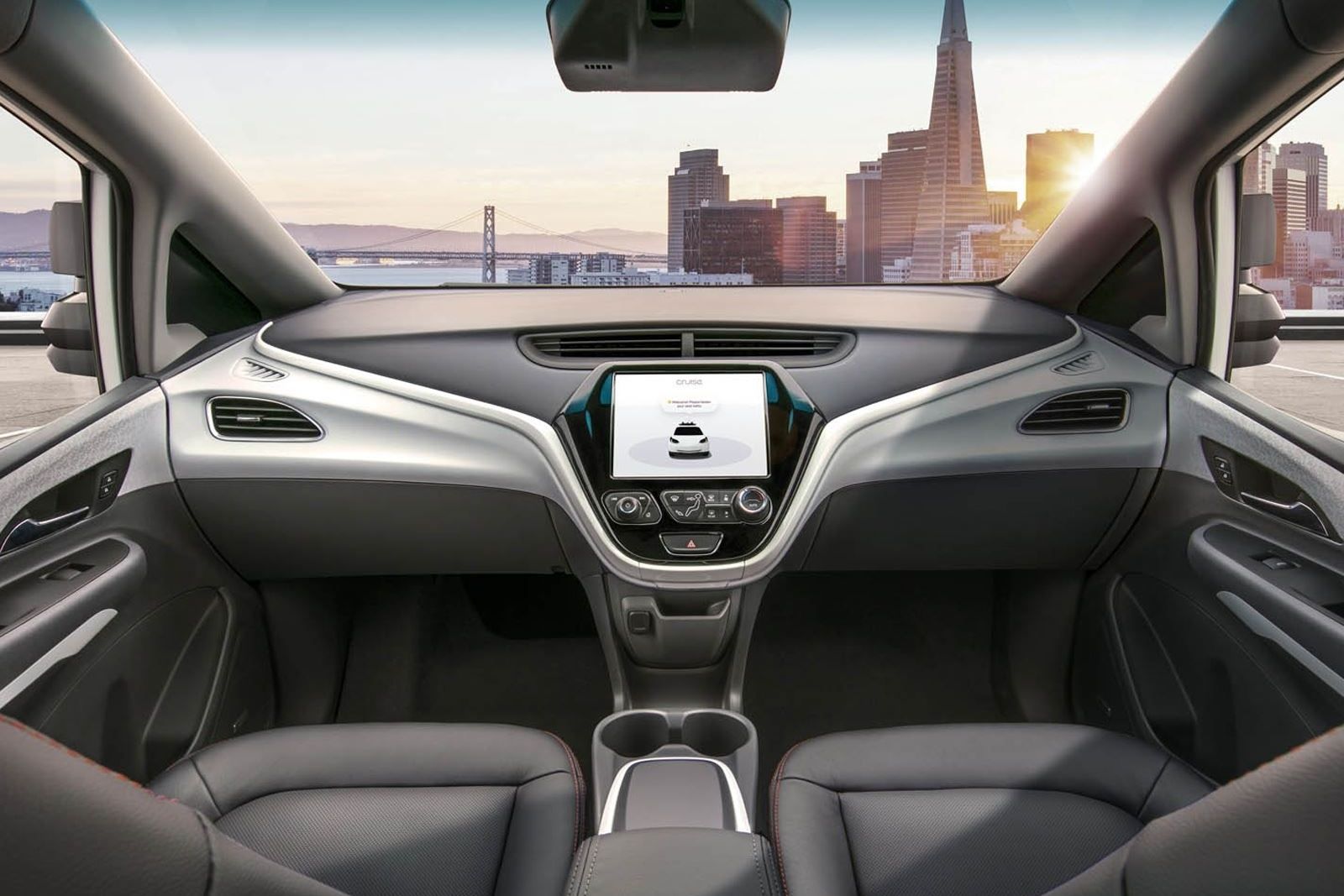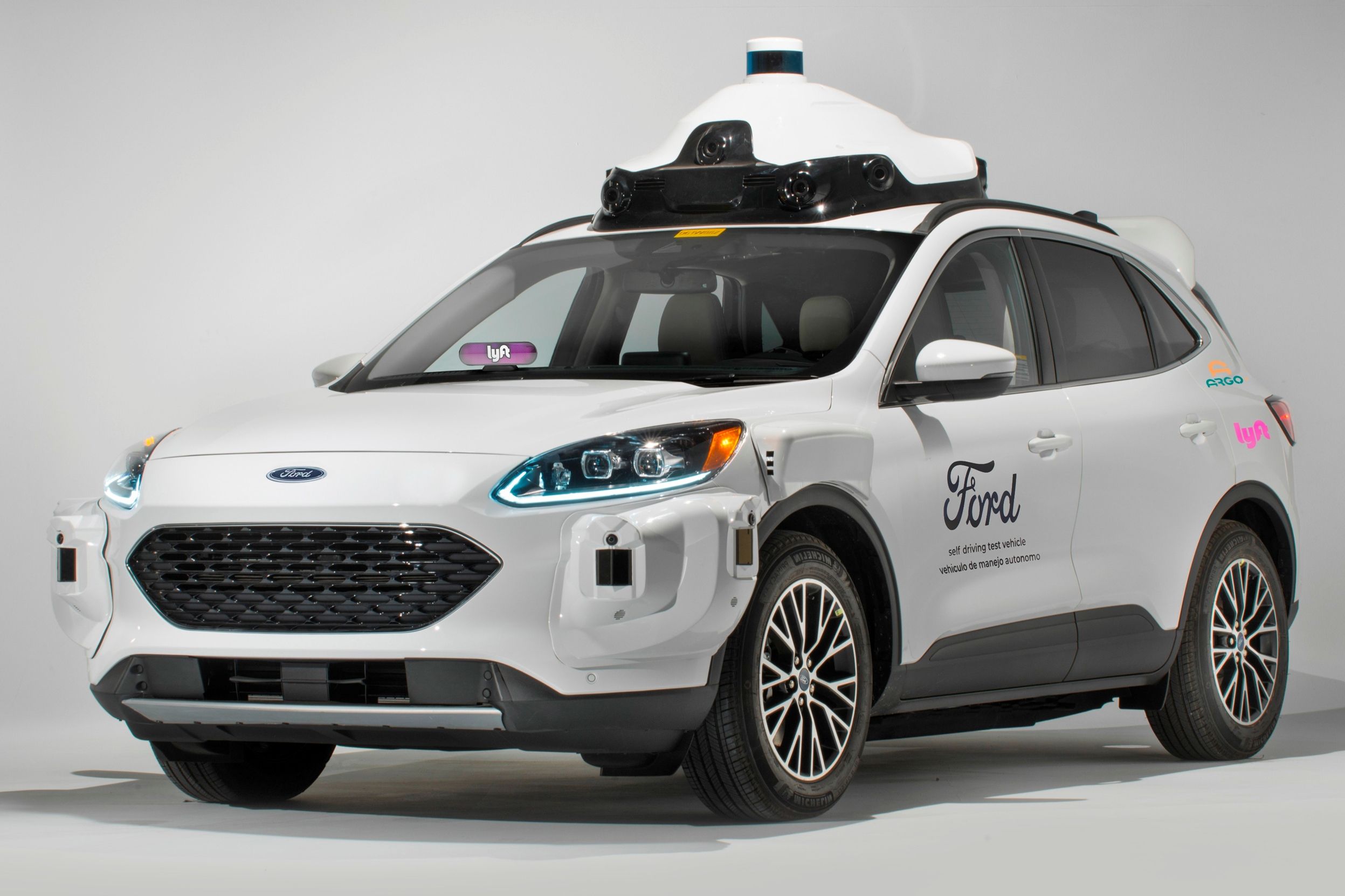
While critics debate the future of autonomous driving, the world's automakers are forging ahead with self-driving technology. General Motors and Ford are both looking to deploy up to 2,500 vehicles on public roads, all of which are not equipped with human controls like pedals and a steering wheel. This is according to Reuters, which reports that the National Highway Traffic Safety Administration (NHTSA) has published the respective requests and opened them up for public comment.
These requests follow a decision made by the NHTSA earlier this year. The federal agency passed a rule that will allow future vehicles with self-driving capabilities to escape certain requirements, such as gear selectors, pedals, and a steering system. This is, of course, only if the vehicle in question is capable of driving without human intervention.
"This new rule is an important step [in] establishing robust safety standards for ADS-equipped vehicles," said US Transportation Secretary Pete Buttigieg at the time.
Ford and General Motors are not looking for permission to sell vehicles like this, but rather deploy them for things like ride-hailing or delivery services. Cruise already operates a fleet of driverless Chevrolet Bolts but these cars are still fitted with human controls.
Ford's reasoning behind the request is safety. "[The] petition is an important step toward helping create a regulatory path that allows autonomous technologies to mature over time, eliminating controls and displays that are only useful to human drivers," said a company spokesperson. The Blue Oval plans to introduce a fleet of hybrid vehicles that will rely on automated systems to control the necessary inputs.
Ford hasn't said what it plans to base the driverless vehicle on, but we won't be surprised if it's similar to the Argo-Lidar-equipped Escape seen below. However, General Motors said it plans on deploying the Cruise Origin, a pod-like autonomous vehicle with no driver controls.
Whether the American giants obtain permission for this is yet to be seen, but the NHTSA's Steven Cliff has said both applications will be scrutinized. He said the government agency will "carefully examine each petition to ensure safety is prioritized and to include considerations of access for people with disabilities, equity and the environment."
The idea of a car without windscreen wipers, a steering wheel, and pedals may be foreign to many, but it makes sense here. For autonomous public transport and delivery vehicles, the omission of these components frees up space that could be used to enhance the passenger experience.
Of course, these vehicles will have to adhere to the strictest safety requirements. GM has already said the proposed Cruise Origin units will require occupants to buckle up prior to departure. We assume Ford's vehicles will have similar preconditions in place.


